I was reading about the quality factor of a series RLC circuit. The quality factor is defined as
$$2\pi*\frac{\text{maximum energy stored}}{\text{total energy lost per period}}$$
Here maximum energy stored is calculated at the resonant frequency. My doubt is, is there any other frequency at which the maximum energy stored in the circuit is greater than that at resonance?
I have done the following calculations.
Energy in storage at any instant, $$ \mathrm{Energy}(t)=\frac{1}{2}*\textrm{L}i_{L}^2(t)+\frac{1}{2}*\textrm{C}v_{C}^2(t)$$
$$\text{Let source voltage}=v_{m}sin\omega t$$
After some calculations
Energy in storage at any instant = $$\frac{1}{2}*\frac{v_{m}^{2}}{[R^{2}+(\omega L-\frac{1}{\omega C})^2]}*[L*sin^2(\omega t-tan^{-1}\phi )+\frac{1}{\omega ^{2}C}*cos^2(\omega t-tan^{-1}\phi )]$$
At resonance, this reduces to a constant value, $$ \mathrm{Energy}(t)=\frac{1}{2}*\frac{v_{m}^2*L}{R^2}$$
This is the maximum energy stored at resonance.The question is, is there any other radian frequency at which the function ' Energy(t) ' peaks greater than that at resonance?
Image source: Boylestad, Robert L. Introductory Circuit Analysis. Pearson Education.


